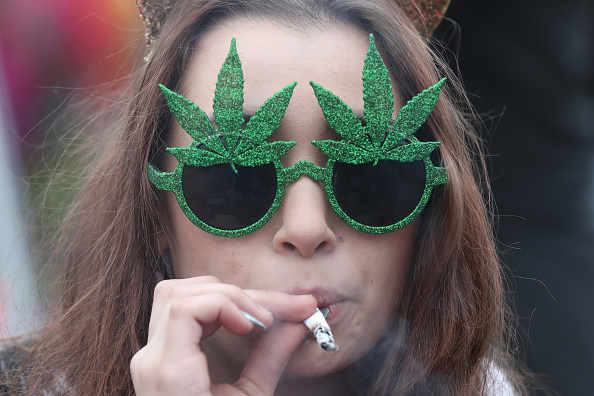If you care about the kids, there’s no excuse not to legalise cannabis

If we have the chance to reduce harm, we should take it.
That idea – harm reduction – lies behind much of what any government seeks to do.
It is an uncontroversial principle. Yet there is a key area of government policy which does not abide by it: drugs.
Our government’s approach is to pursue a misguided and ineffective War on Drugs, which does not reduce use, but instead makes things worse for individuals and for society.
So when I propose the idea of a legal and regulated market for cannabis, it is with harm reduction as the central focus. In my paper for the think tank Radix, “Protecting Children and Young People from Harm: The Public Health Case for a Legal Regulated Cannabis Market”, I set out five key points in support of the case for reform.
First, it can decrease use among young people. New evidence published in the JAMA Pediatrics medical journal shows that in US states which legalised recreational cannabis, there was an associated eight per cent decrease in cannabis use among high-school pupils.
Obviously, we must be cautious about the results of any one paper, but this was a significant and substantial study. The researchers used data from 1.4m US pupils over the last 25 years.
This finding is fascinating. It flies in the face of the central argument used by prohibitionists – that legalising cannabis will lead to a free for all and will harm young people.
Second, it can reduce violence – a crucial consideration, given that the violence associated with the illegal drugs trade has the biggest impact on the most disadvantaged communities, especially teenagers, too often fatally.
US states on the Mexican border have seen much violence from the illegal drugs trade. Mexican drug trafficking organisations supply illicit drugs across the border and are allied to local gangs within the US states.
Yet when medicinal cannabis was legalised in these states, a new source of production opened up – reducing the power of the Mexican gangs. There was a 15 per cent drop in crime in California, and seven per cent in Arizona.
Third, legalisation cuts the vast profits going to organised crime. Estimates of the size of the illegal cannabis market in the UK vary between £1.3bn and upwards of £3bn each year. Imagine if we could use tax revenues to fund the NHS, our police, or schools. Instead, the government chooses to line the pockets of criminals.
Fourth, we have a model for how this could work. Canada provides an excellent case study for how we could legalise cannabis in the UK.
There, the Liberal government introduced a regulated system a year ago. It’s early days, but already the criminal market is diminishing. Even better, new jobs are being created.
Finally, if we are concerned about protecting teenagers from harm, we have a duty to act. By persisting with prohibition, the government directly puts young people at risk by pushing them towards the criminal market, where highly potent, dangerous strains of cannabis are available.
In London, 94 per cent of the street market is skunk, which is the cannabis strain linked to higher risks of mental illness. Milder, safer variants that are sold legally in other countries are not as easily accessible.
The obvious approach is to regulate, providing clearly labelled products so people know what they’re consuming and can avoid the damaging stuff.
Legalising cannabis might seem counterintuitive if the aim is harm reduction. But once you recognise the horrific unintended consequences of a violent criminal market and dangerous unregulated substances being sold on the black market, any rational person is likely to conclude that this must be the way forward.
Leaving things as they are is an abdication of responsibility. To coin a phrase, we need to take back control from criminals who have no concern for the welfare of teenagers.
Main image credit: Getty